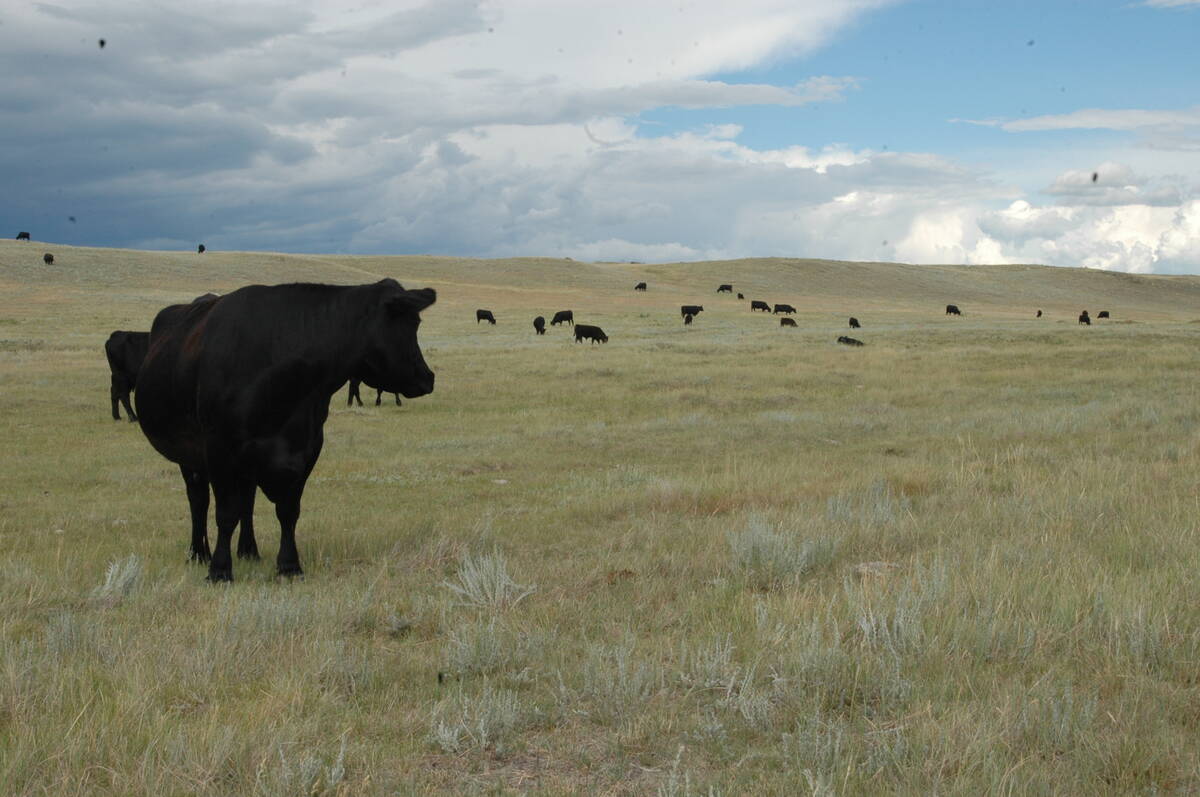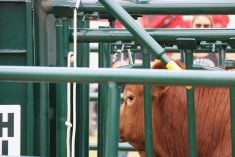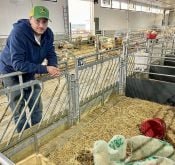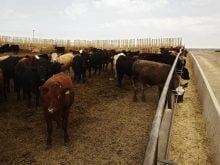Sanitation on the farm is critical to controlling Johne’s disease, researchers said during a national seminar on the wasting disease found in cattle, sheep and goats.
A major source of infection is manure if it contaminates feed, water and pens.
“Anything to keep manure out of the calf’s mouth is going to be a plus,” said Steve Hendrick of the Western College of Veterinary Medicine in Saskatoon.
The disease has a long incubation period and calves may carry it for three to five years before symptoms develop, added Alberta Agriculture veterinarian Gerald Hauer.
Read Also

Canadian Food Inspection Agency slammed for handling of bovine tuberculosis case
The federal government leans heavily on producers to “take one for the team” and risk their livelihoods without any reassurance of support.
He favours education and good management because the disease is like an iceberg where only a small part is visible.
“We shouldn’t rely on a program that uses testing and culling alone,” he said.
Doctoral candidate Urike Serge of the University of Guelph has found that nearly half the dairies in her research did not know the incidence of Johne’s on their farms or the history of new cows entering the premises.
Her studies in five provinces showed the highest level of positive cases was in Ontario at two to four percent and the lowest was in British Columbia at 1.3 percent.
Serge tested 463 herds in Ontario and less than 100 in Western Canada. Herd sizes ranged from 60 to 120 cows. The older cows in their third lactation revealed more positive cases.
Alberta Agriculture recommends the following management practices:
- Cull animals exhibiting signs of clinical disease that suggest Johne’s disease. Have the carcasses examined to confirm the diagnosis.
- Cull all offspring, dams and siblings of confirmed cases.
- Separate unthrifty animals from the herd.
- Clean and disinfect areas where affected animals are kept. M. paratuberculosis is susceptible to 10 minutes exposure to five percent formalin, 1:32 cresylic disinfectant, 1:40 phenol, 1:1,000 mercury bichloride and 1:50 calcium hypochloride.
- Remove manure regularly. Avoid spreading manure on pastures.
- Place calves on clean pasture and maintain winter quarters separate from adults until the heifer enters the milking herd.
- Drain, fill or fence off sloughs.
- Protect young animals from adult manure drainage.
- Ensure feed and water are not contaminated. Drinking water should be piped from clean sources.
- Remove dairy calves from their dams immediately after birth and put them in clean quarters. Clean the udder before drawing colostrum for calf feeding.
- Rear dairy calves in individual pens and switch to a high quality, powdered milk replacer after 72 hours of age.















